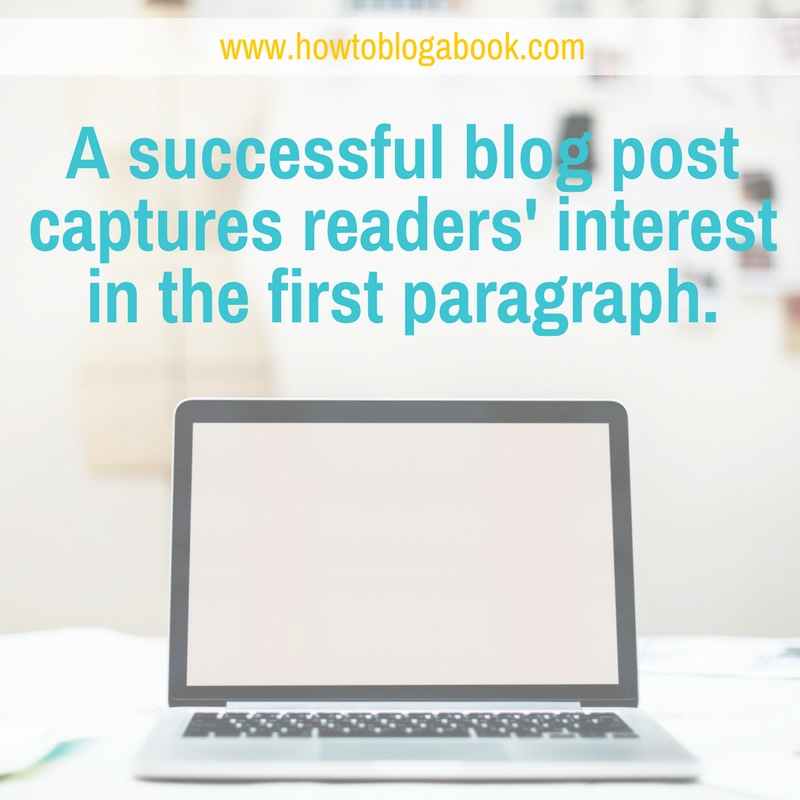In about five seconds, you’re going to finish reading the most important part of this post.
There. Done. How do you feel?
The most vital battle with anything you read or write—whether it’s a blog post or a chapter in your book—occurs within the scope of the first paragraph. It happens quickly, but that’s when a reader decides whether you’re interesting enough to deserve their full attention—or whether they’re going to move on.
How can you make sure that your introduction entices attention while also spurring the reader to read more? Here are a few best practices to keep in mind that will help you start your next piece of writing with a bang.
Technique #1: Deliver the Action
What’s the central action of your piece of writing? What is the tension that makes it worth reading?
Consider the autobiography of Malcolm X, which opens not with a dry list of details about where he was born and how he was raised, but with the following:
“When my mother was pregnant with me, she told me later, a party of hooded Ku Klux Klan riders galloped up to our home in Omaha, Nebraska, one night. Surrounding the house, brandishing their shotguns and rifles, they shouted for my father to come out.”
In two quick sentences, Malcolm X establishes the action that’s going to define and shape the rest of the book. Before the paragraph is over, we find ourselves transported from the couch, right to a moment of extreme tension in Omaha, Nebraska.
The lesson? Don’t start dry. Start with the action. Start with the fireworks going off.
Technique #2: Build Unresolved Tension
One of the best ways to entice people to read forward is to introduce an element of tension without resolving it.
Consider the way Beethoven’s Fifth Symphony opens. Those first four notes—dun-dun-dun-DUUUUNNN—aren’t just an exciting way to begin. They’re also a way to introduce tension. Beethoven essentially opens with a loud question. What will resolve this question? We’re compelled to listen to more not because the notes are so impressive, but because they introduce complexity without resolution.
Just try and hum those first four notes without resolving them. You’ll feel a little strange.
A good introduction should accomplish the same. You can do this in a few ways:
- Ask questions. Asking a question not only introduces the theme of your piece, but implies that an answer is coming. An unanswered question means unresolved tension.
- Create a problem. Consider a good mystery novel. A good opening hook uses one sentence to introduce a problem. If you want to know how that problem gets solved—how the conflict comes to a close—you have to keep reading.
Don’t be afraid to invest a disproportionate amount of time crafting the opening to your next piece. Doing so will have a dramatic impact on your site’s bounce rate and session duration statistics. Plus, your posts will have more impact when people feel enticed to continue reading until the end of your posts.
How do you start your posts with a bang, and what impact have you seen from that strategy? Tell me in a comment below.
About the Author
 Dan Kenitz is a freelance writer and ghostwriter from Wisconsin who helps individuals and companies build their brands through valuable content. www.empirewriter.com
Dan Kenitz is a freelance writer and ghostwriter from Wisconsin who helps individuals and companies build their brands through valuable content. www.empirewriter.com
Image copyright: rawpixel.com on Unsplash


Leave a Reply